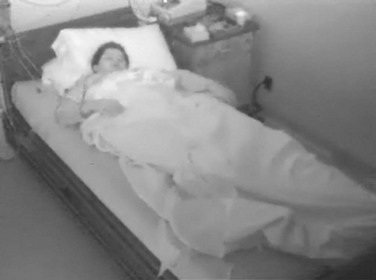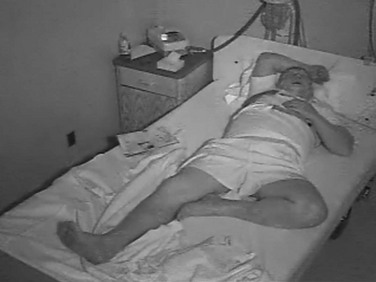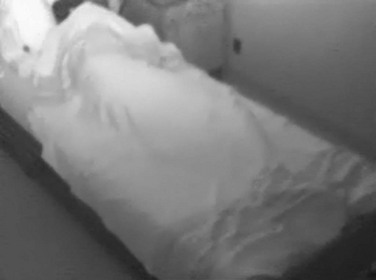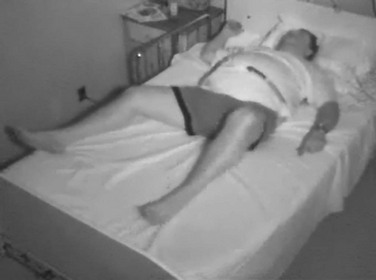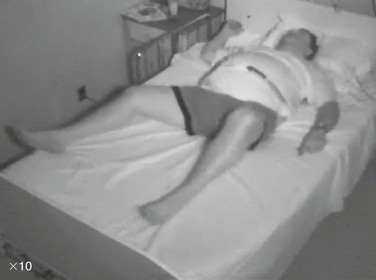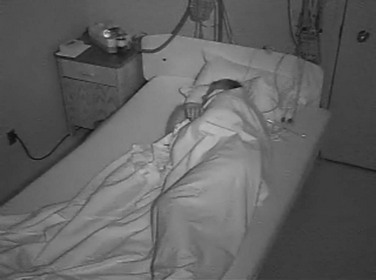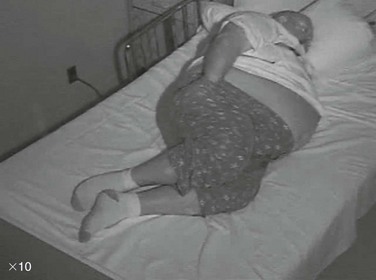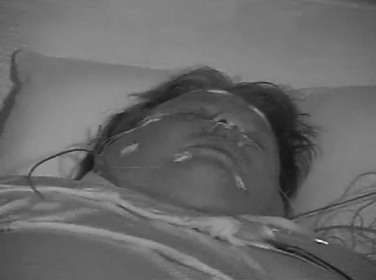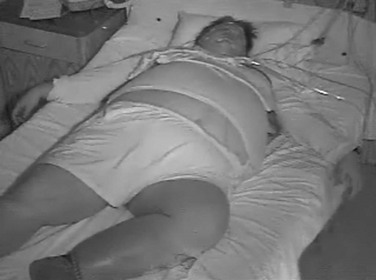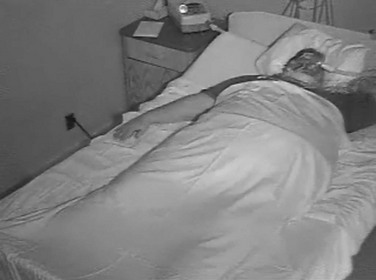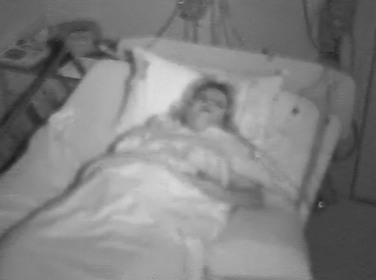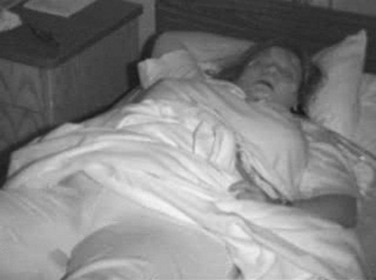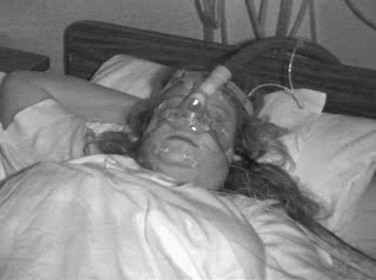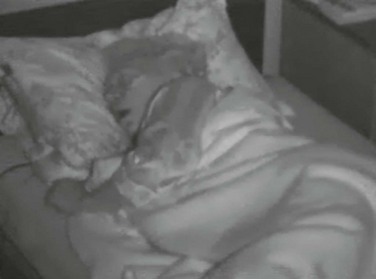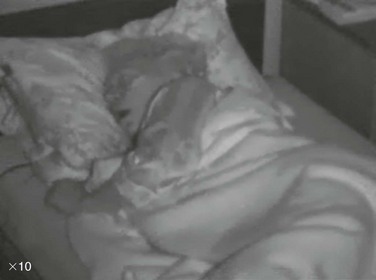Chapter 21 This chapter contains examples of video findings obtained in a typical sleep medicine clinic polysomnography lab. They are grouped into categories. Most modern sleep lab acquisition systems allow the collection of synchronized digital videos. The videos can be played back in real time, or they can be sped up. Video clips referred to here were obtained during sleep studies of patients with sleep disorders and are available at the Atlas of Clinical Sleep Medicine collection at www.expertconsult.com.
Gallery of Sleep Laboratory Video Findings
Obstructive Sleep Apnea
Obstructive Sleep Apnea in Special Populations
![]()
Stay updated, free articles. Join our Telegram channel

Full access? Get Clinical Tree


Neupsy Key
Fastest Neupsy Insight Engine

